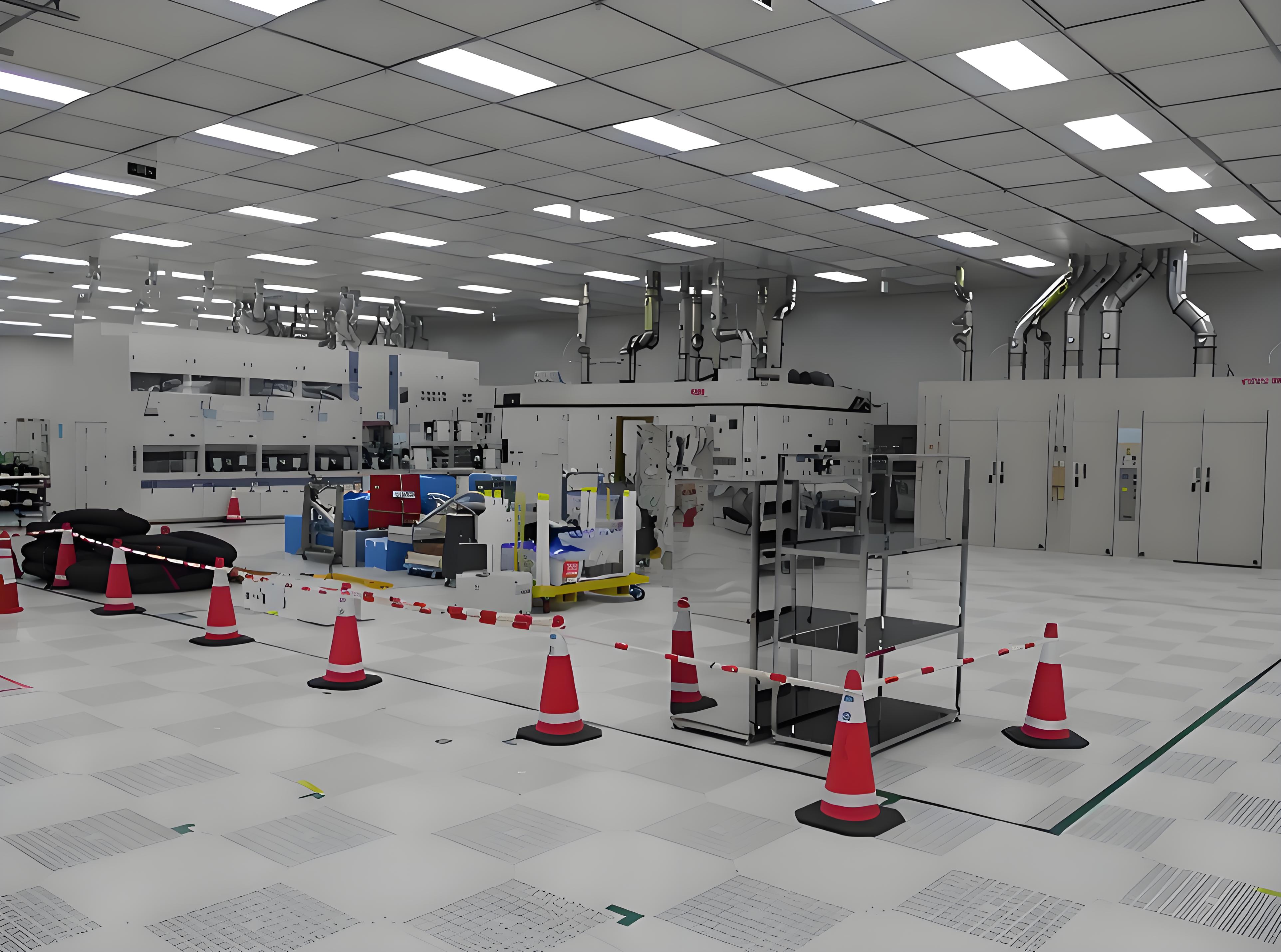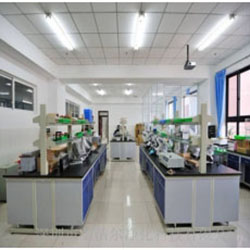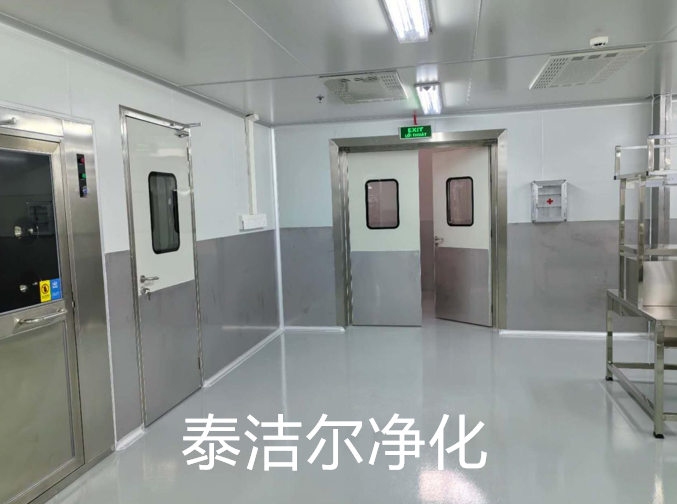
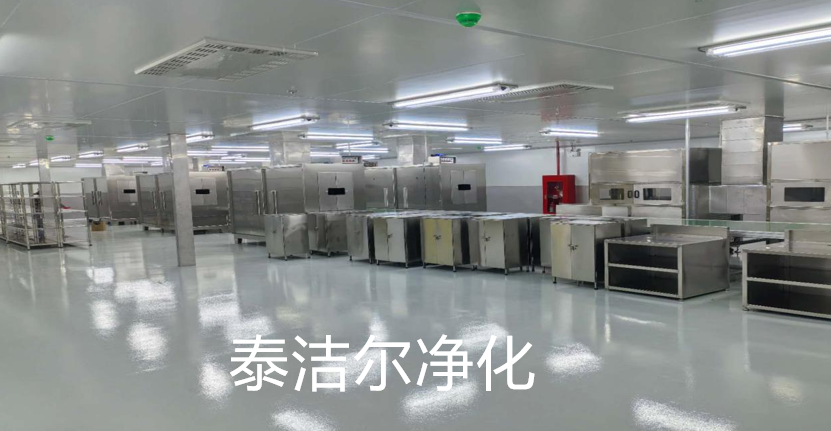
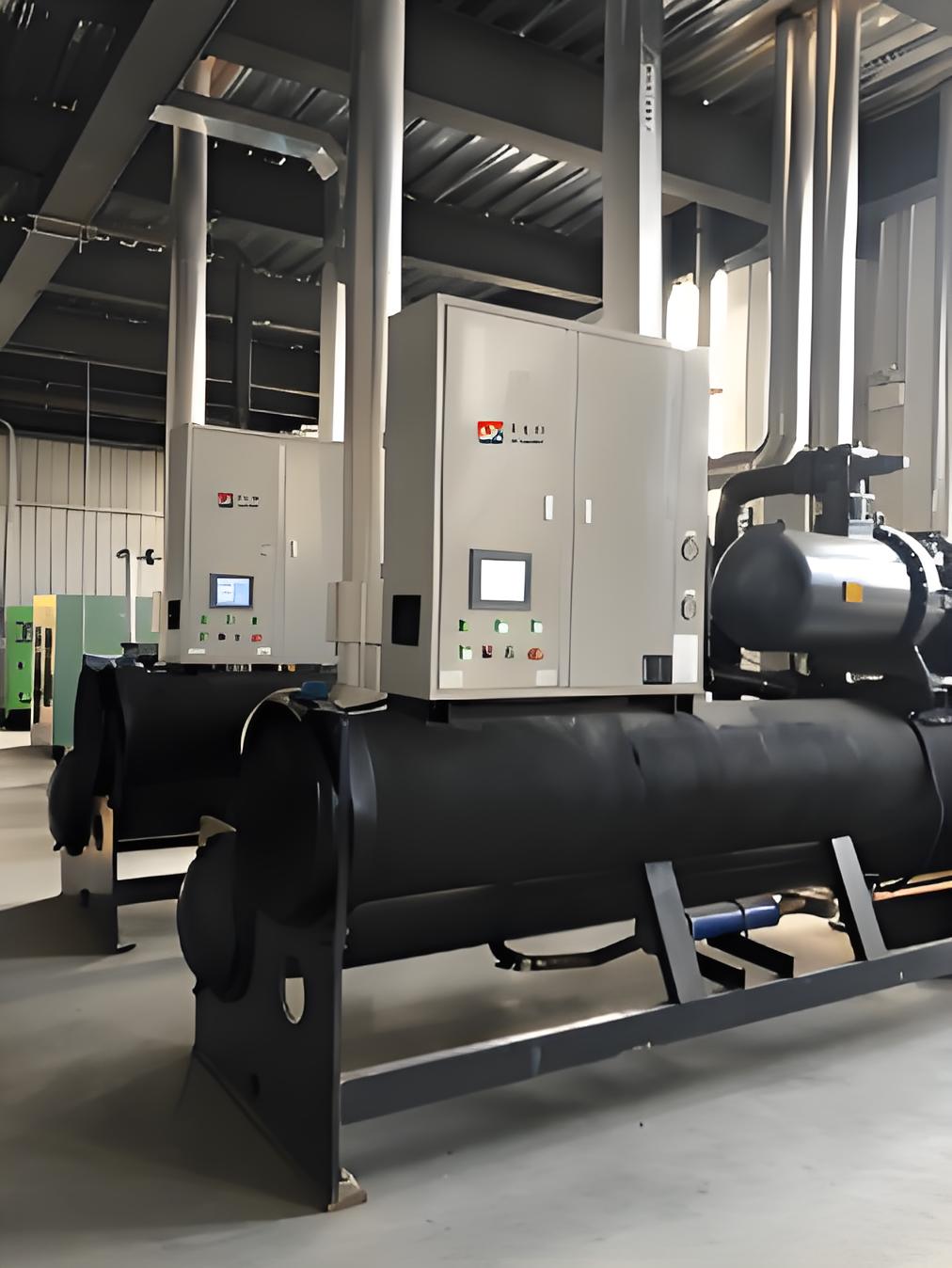
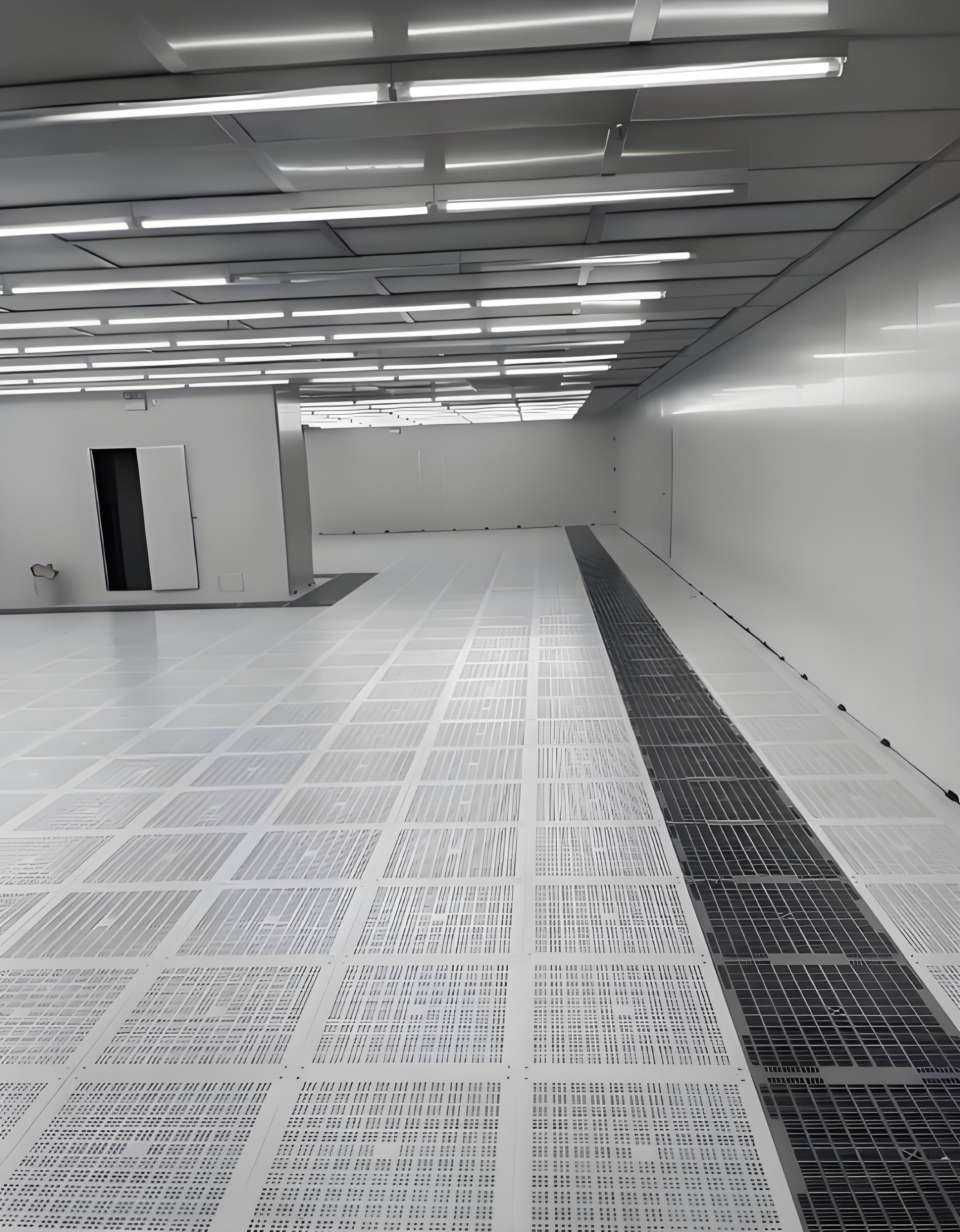

Cleanroom facilities are used in various industries, and each industry has its own specific requirements for cleanroom standards, especially regarding different cleanliness levels for cleanrooms. To successfully implement cleanroom facilities, meeting cleanliness standards is mandatory. So, what are the standards for cleanroom facilities? Let's explore this below.
When designing a facility, it's essential to consider temperature variations, whether in food processing or other manufacturing sectors. Temperature is always a critical factor in facility design. For example, in the electronics processing industry, stable temperature standards must be met, and humidity levels in the processing environment must also comply with regulations. The production and processing area must maintain certain temperature and humidity levels to operate smoothly. Additionally, temperature and humidity change with seasons, so facility design must account for seasonal variations to determine appropriate temperature and humidity levels. Some manufacturing industries also place great emphasis on whether environmental humidity meets standards, making humidity another key factor in cleanroom facilities that cannot be overlooked. When humidity needs to be increased, methods like mist spraying or high-pressure spraying can be used, while also considering the characteristics of the production environment to ensure a more suitable working environment.
